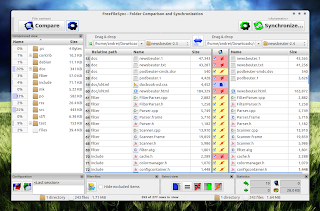

You may use the Az PowerShell module for Azure File Sync on any supported system, including non-Windows systems, however the server registration cmdlet must always be run on the Windows Server instance you are registering (this can be done directly or via PowerShell remoting). The Az PowerShell module may be used with either PowerShell 5.1 or PowerShell 6+. See Failover Clustering for Azure File Sync. The only scenario supported by Azure File Sync is Windows Server Failover Cluster with Clustered Disks. For more information on how to configure the File Server for general use role on a Failover Cluster, see Deploying a two-node clustered file server. Optional: If you intend to use Azure File Sync with a Windows Server Failover Cluster, the File Server for general use role must be configured prior to installing the Azure File Sync agent on each node in the cluster. For more information about supported versions of Windows Server and recommended system resources, see Windows file server considerations. To check this setting, navigate to your storage account and select Configuration under the Settings section.Īt least one supported instance of Windows Server to sync with Azure File Sync.

Allow storage account key access must be Enabled.To check the SMB security settings on the storage account, see SMB security settings. SMB security settings must allow SMB 3.1.1 protocol version, NTLM v2 authentication and AES-128-GCM encryption.The following storage account settings must be enabled to allow Azure File Sync access to the storage account: Create a file share for a step-by-step description of how to create a file share.Region availability for Azure File Sync.An Azure file share in the same region that you want to deploy Azure File Sync.


 0 kommentar(er)
0 kommentar(er)
